As the digital landscape evolves, staying ahead of the curve in search engine optimization (SEO) is crucial for businesses and individuals alike. On-page SEO, which focuses on optimizing content and site elements within your website, remains a critical pillar of any successful SEO strategy. With Google’s ever-advancing algorithms and user preferences in constant flux, 2025 demands a refined approach to on-page optimization.
This guide covers 14 essential on-page SEO techniques to help your website rank higher in search engine results and deliver a stellar user experience.
1. Perform Advanced Keyword Research

Overview
Keyword research is still the foundation of SEO. However, in 2025, search engines are better at understanding user intent and semantic relationships between terms. It’s no longer enough to target high-volume keywords; you need to focus on intent-driven and long-tail keywords that align with your audience’s needs.
Key Strategies
- Use tools like Google Keyword Planner, Ahrefs, and SEMrush to find relevant keywords.
- Identify and incorporate user-intent categories (informational, navigational, transactional).
- Explore question-based keywords (e.g., “how to” and “why” queries) to tap into voice and conversational searches.
2. Optimize for Search Intent

Overview
Search engines prioritize delivering content that matches user intent. Whether users seek answers, products, or comparisons, understanding intent behind keywords ensures that your content aligns with what searchers want.
Key Strategies
- Identify whether the intent is informational, commercial, or transactional.
- Create tailored content:
- Blog posts for informational intent.
- Product pages for transactional intent.
- Case studies for navigational/commercial intent.
3. Craft High-Quality, Engaging Content

Overview
Content quality remains king in 2025. Google increasingly favors authoritative, in-depth, and original content that provides real value to users. Skimpy or repetitive content won’t cut it.
Key Strategies
- Aim for a word count appropriate to the topic depth (e.g., 1,500+ words for comprehensive guides).
- Include multimedia elements like images, videos, and infographics for better engagement.
- Ensure content is free from plagiarism and loaded with actionable insights.
4. Optimize Meta Titles and Descriptions
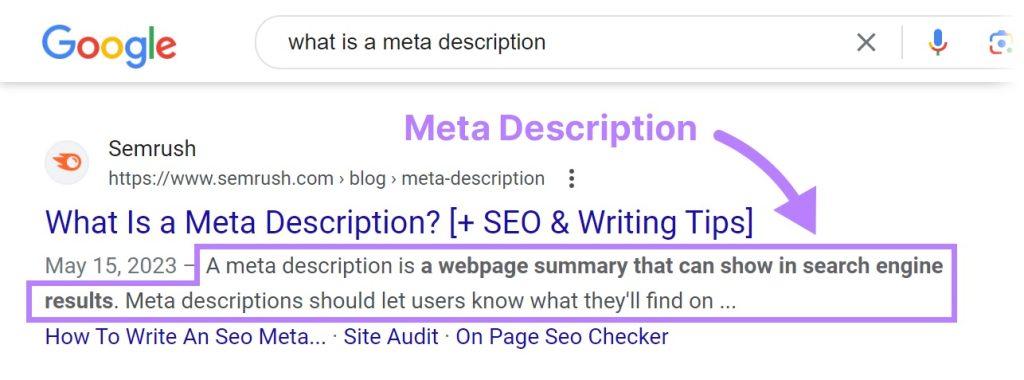
Overview
Meta titles and descriptions remain critical in signaling to search engines and users what your page is about. They also influence click-through rates (CTR).
Key Strategies
- Keep meta titles between 50-60 characters and include primary keywords.
- Write engaging meta descriptions with 160-180 characters, incorporating a compelling call-to-action (CTA).
- Avoid keyword stuffing—focus on natural language.
5. Use Header Tags Strategically
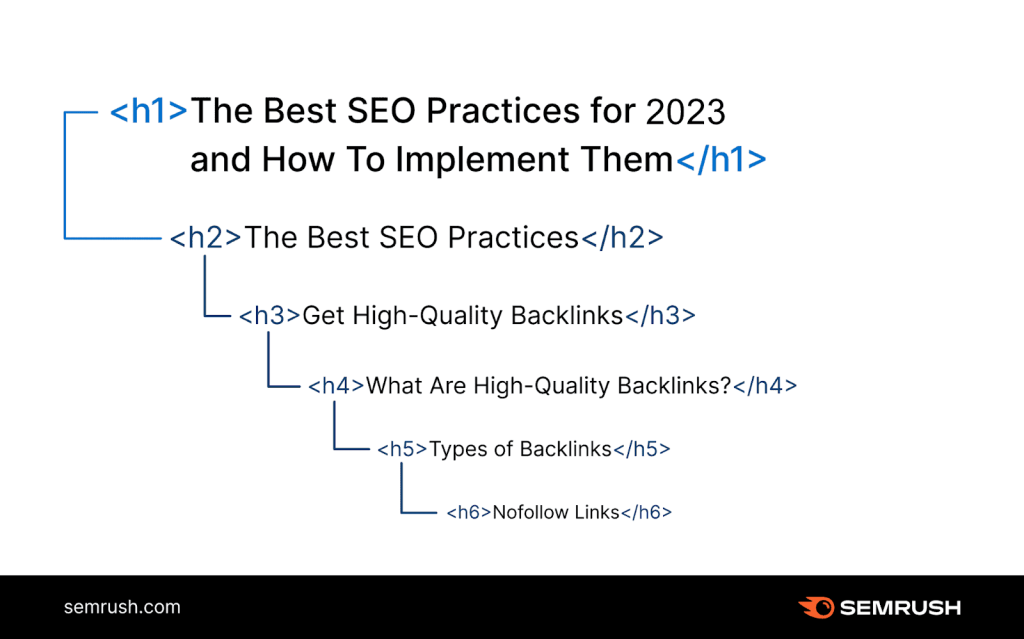
Overview
Header tags (H1, H2, H3, etc.) help structure your content and improve readability for users and search engines. They also make it easier for crawlers to understand your page’s hierarchy.
Key Strategies
- Use a single H1 tag per page to define the main topic.
- Break content into sections with H2 tags, using H3 or H4 for subpoints.
- Include relevant keywords in headers, ensuring natural placement.
6. Enhance URL Structure
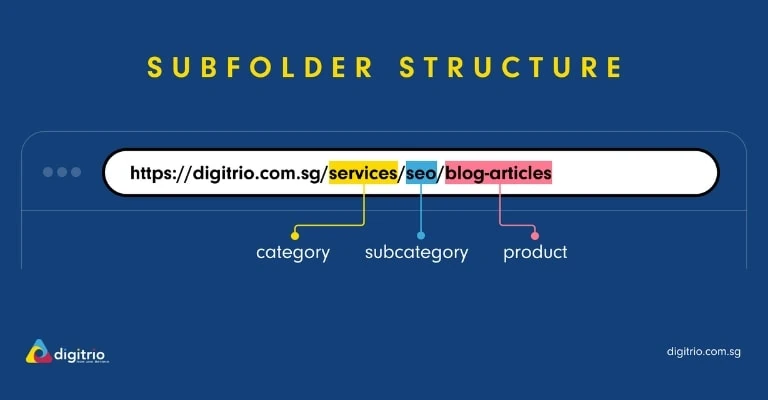
Overview
A clean and descriptive URL improves user experience and search engine understanding. Avoid long, cryptic URLs that confuse both search engines and visitors.
Key Strategies
- Use short, keyword-rich URLs (e.g.,
yourdomain.com/onpage-seo-tips). - Avoid special characters, excessive parameters, and stop words.
- Ensure URLs reflect the page’s hierarchy within the website.
7. Prioritize Mobile Optimization

Overview
With mobile-first indexing firmly in place, ensuring your website provides a flawless experience on mobile devices is non-negotiable. A responsive design is key to ranking well.
Key Strategies
- Test your site’s mobile-friendliness using Google’s Mobile-Friendly Test tool.
- Implement responsive design to ensure elements resize appropriately on different devices.
- Optimize touchpoints (buttons, menus) for usability on smaller screens.
8. Improve Page Speed

Overview
Page speed is a core web vitals metric and directly affects both user experience and rankings. A slow-loading site can lead to high bounce rates and lost traffic.
Key Strategies
- Use tools like Google PageSpeed Insights or GTmetrix to analyze and improve load times.
- Compress images using tools like TinyPNG or ImageOptim.
- Minimize HTTP requests by reducing scripts and leveraging browser caching.
9. Optimize Images and Multimedia

Overview
Images and videos enhance content but can hinder performance if not optimized. In 2025, efficient media optimization is crucial for balancing quality and speed.
Key Strategies
- Use descriptive alt text with keywords to make images SEO-friendly.
- Save images in next-gen formats like WebP.
- Use lazy loading to defer offscreen images from loading until needed.
10. Leverage Internal Linking

Overview
Internal links help distribute link equity across your site, improve crawlability, and enhance user experience by guiding visitors to relevant content.
Key Strategies
- Add contextual links to related blog posts or pages.
- Use descriptive anchor text that includes relevant keywords.
- Avoid excessive linking to maintain a clean, user-friendly structure.
11. Incorporate Schema Markup

Overview
Schema markup (structured data) helps search engines understand your content better, enabling enhanced search result features like rich snippets.
Key Strategies
- Use JSON-LD format to add schema to your site.
- Implement relevant schemas like FAQ, Breadcrumb, Article, or Product.
- Test your structured data with Google’s Rich Results Test tool.
12. Focus on Core Web Vitals
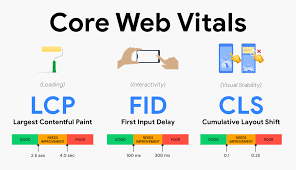
Overview
Core Web Vitals—measuring page load speed, interactivity, and visual stability—play a significant role in ranking.
Key Metrics
- Largest Contentful Paint (LCP): Measures page load speed.
- First Input Delay (FID): Measures responsiveness.
- Cumulative Layout Shift (CLS): Measures visual stability.
Key Strategies
- Optimize server response times with a faster hosting provider.
- Minimize JavaScript execution.
- Ensure images and ads have proper size attributes to prevent layout shifts.
13. Ensure Content Readability
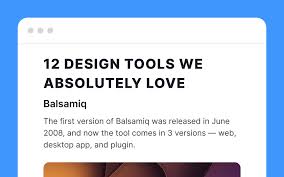
Overview
Content that’s easy to read ranks better and retains users longer. Focusing on readability means using simple language, clear formatting, and logical flow.
Key Strategies
- Write in short sentences and paragraphs.
- Use bullet points and numbered lists for better skimmability.
- Aim for a reading level suitable for your audience—tools like Hemingway Editor can help.
14. Keep Content Updated Regularly

Overview
Search engines reward fresh and updated content. Regularly revising your existing pages with new data, links, or multimedia helps maintain relevance.
Key Strategies
- Audit existing content using tools like Google Search Console or Screaming Frog.
- Update outdated statistics, remove broken links, and add fresh insights.
- Repurpose content into new formats (e.g., turning blogs into videos or infographics).
Conclusion
On-page SEO in 2025 goes beyond merely inserting keywords into content. It requires a holistic approach that blends user-centric design, technical optimization, and a deep understanding of search intent. By implementing these 14 on-page SEO techniques, you can position your website to rank higher, attract more traffic, and deliver exceptional value to your audience.
Stay ahead of trends and continually refine your strategies to ensure long-term success in an ever-changing digital world.
Read Also

